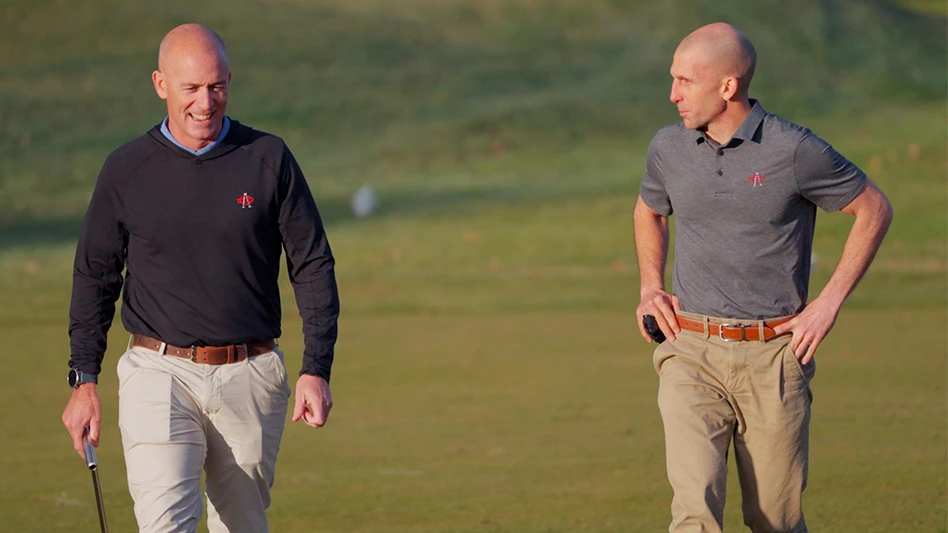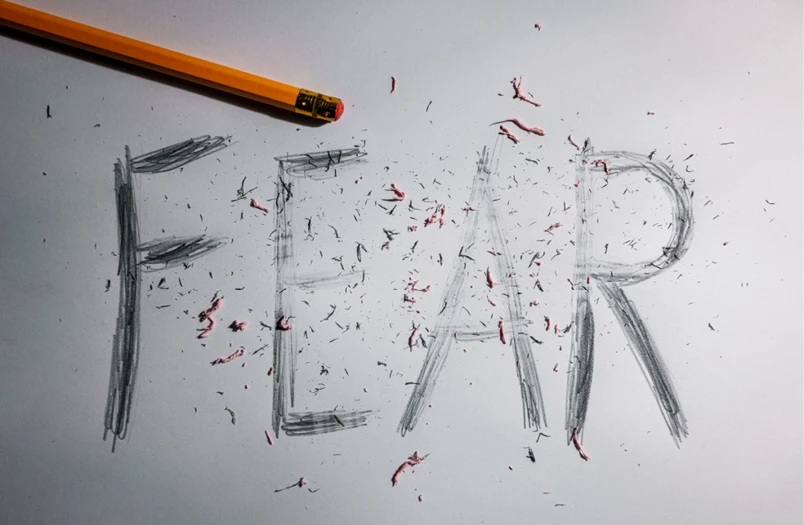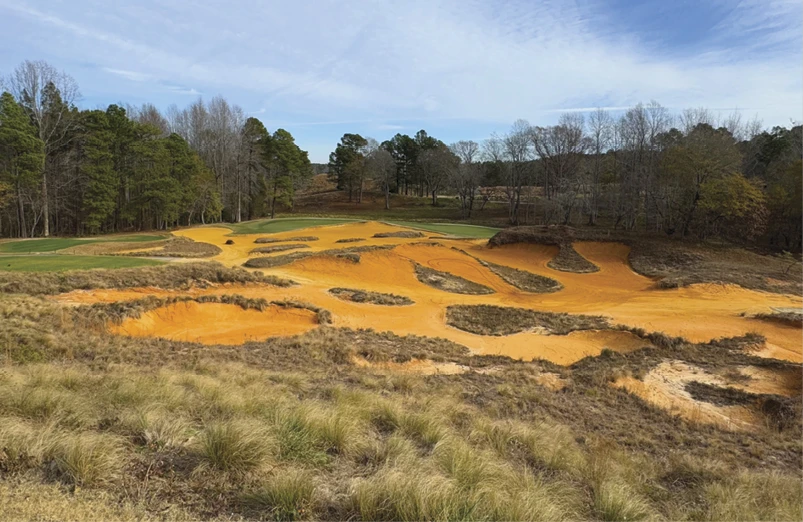
The Turf and Ornamental business of Bayer, within the company's Crop Science division, is unveiling the latest research on the benefits of Stressgard. The new research further validates the unique properties that have helped thousands of superintendents across the United States go beyond disease control to significantly reduce biotic and abiotic stress and improve overall turf health.
“Golfers want consistent playing conditions from day to day, and superintendents want turf they can count on – even in conditions they can’t predict,” said Mike Hirvela, customer marketing, Bayer Golf & Sports Turf Segment. “With Stressgard, we deliver versatility, consistency and overall satisfaction allowing our customers to redefine normal and minimize stress both on and off the course.”
Stressgard, a proven technology, is available in a portfolio of fungicides that are applicable across greens, tees and fairways. Superintendents can leverage the benefits of Stressgard all season long, improving consistency and playability by mitigating stresses that occur in the various microclimates around the golf course.
The Stressgard formulation works from outside and inside the plant to improve chlorophyll stability and enhance photosynthesis resulting in both immediate and long-term aesthetic benefits. A few days after application, the visual effects of the pigment dissipate revealing natural color changes that occurred through improved physiological processes in the plant. As a result, plants have improved rooting, improved color and better overall turf quality, which means a healthier plant even through unpredictable weather conditions from blisteringly hot summers to frigidly cold winters.
Golfers, like superintendents, have high standards when it comes to playing conditions. They expect a beautiful, consistent golf course – and superintendents know that the key to meeting, and exceeding, these expectations is healthy, resilient turf. The Stressgard portfolio not only combats plants’ biotic (fungal) stresses, but their abiotic stresses as well, including: drought or high wilting potential, high temperatures, excessive or reduced solar radiation, foot traffic, high humidity, aggressive mowing, growth regulation, spring growth and winter recovery.
Latest from Golf Course Industry
- TerraRad receives strategic investment from Old Tom Capital
- Beyond the Page 63: A different approach to labor
- 2025 Super Social Media Awards: Joshua Kelley
- Spanish Bay set for 2026-27 renovation
- An updated Iowa classic turns to Troon
- Introducing our January 2025 issue
- Bergin renovating Florida’s Golf Club at Crown Colony
- Club at Porto Cima picks KemperSports





